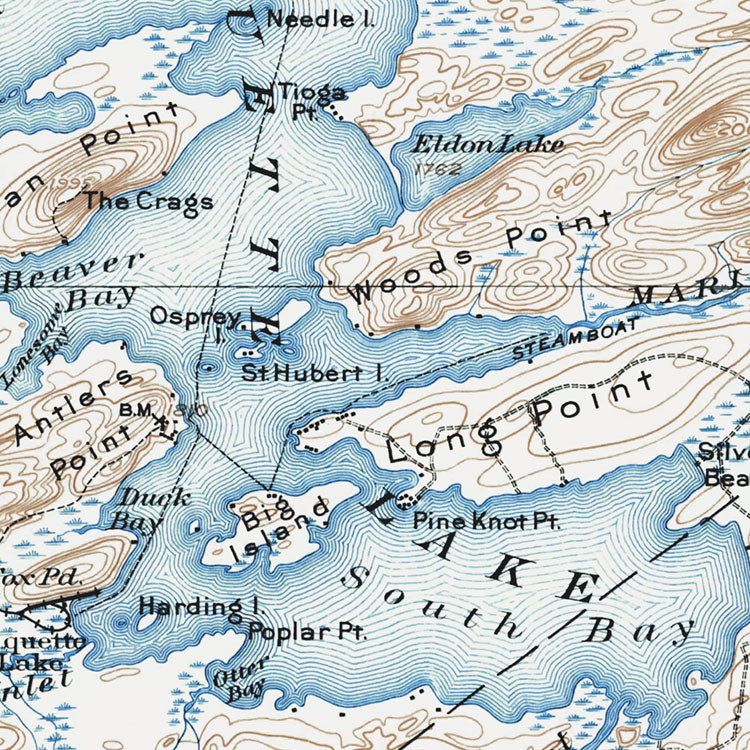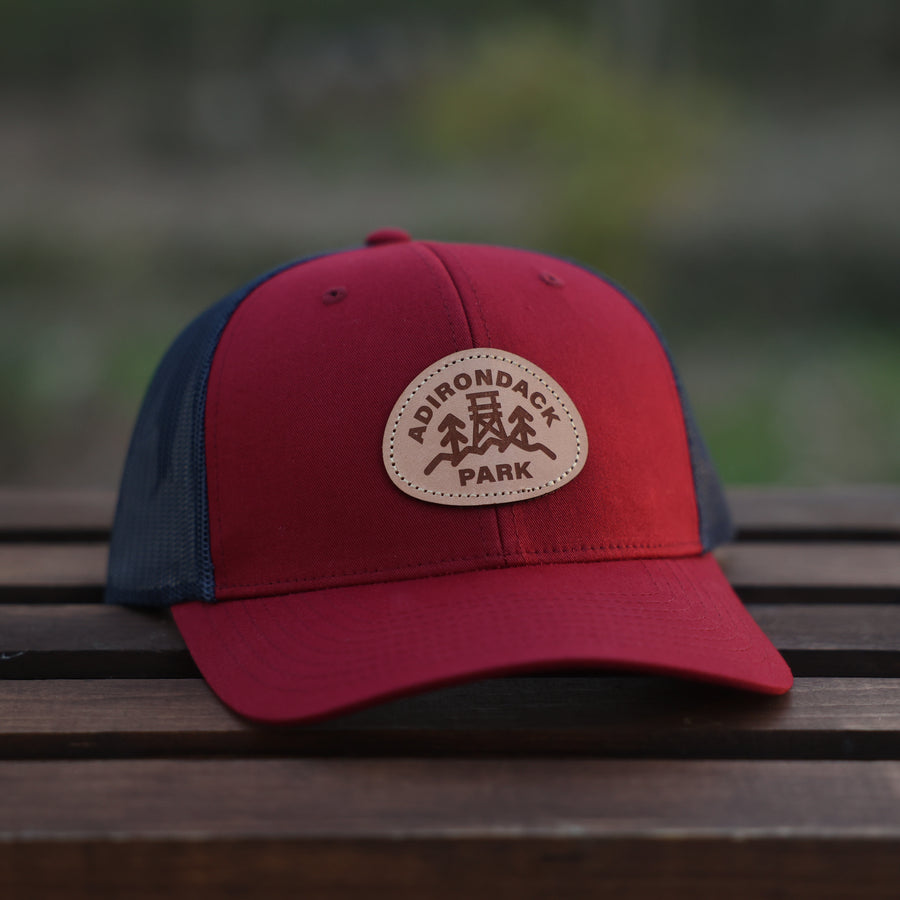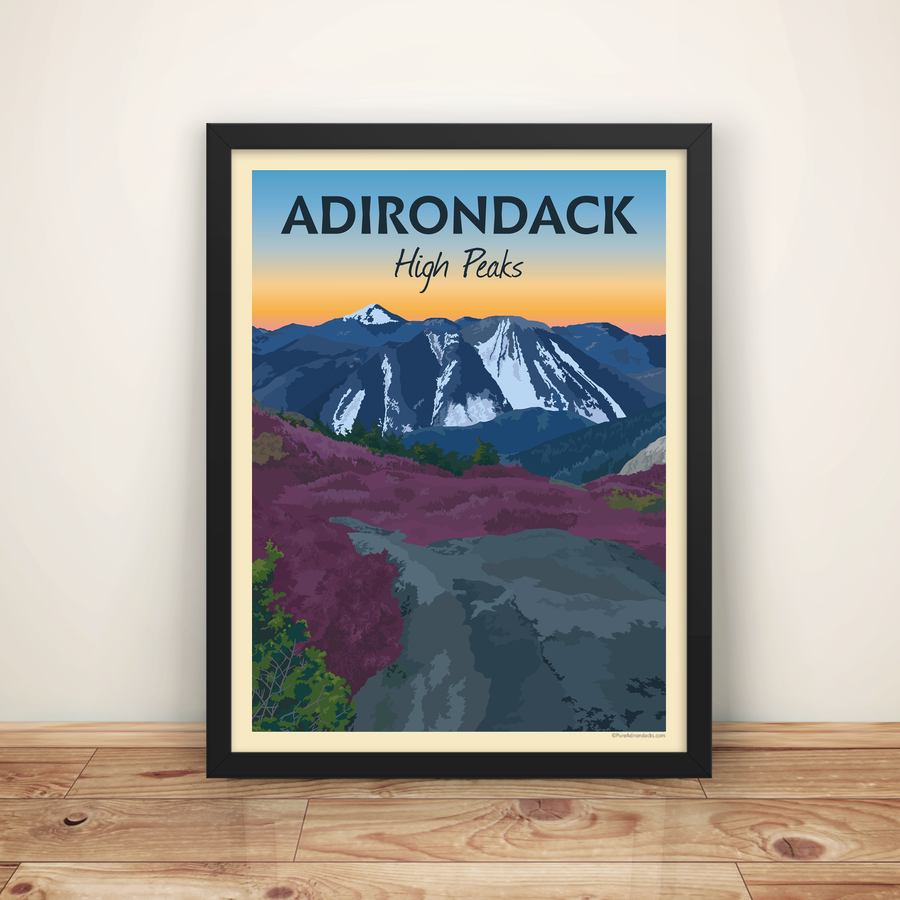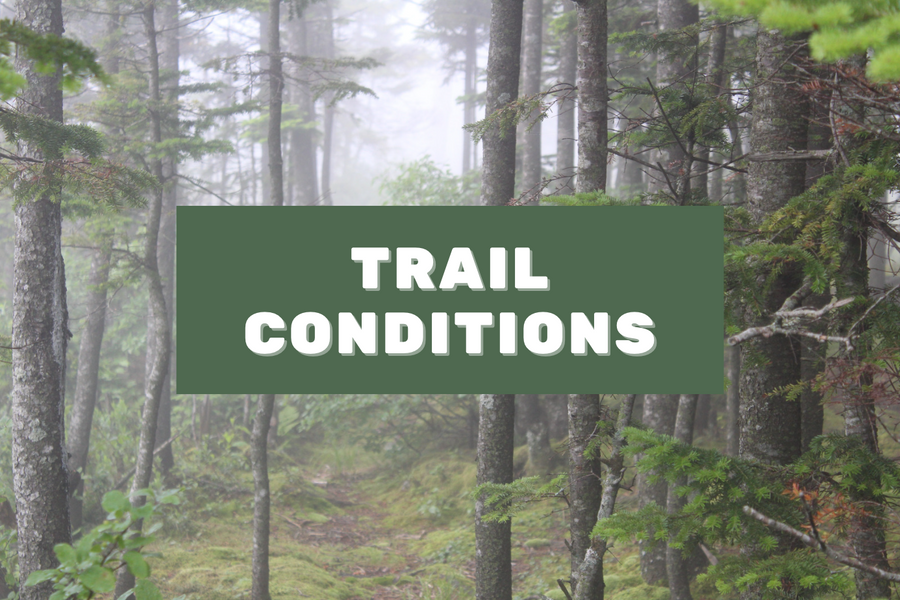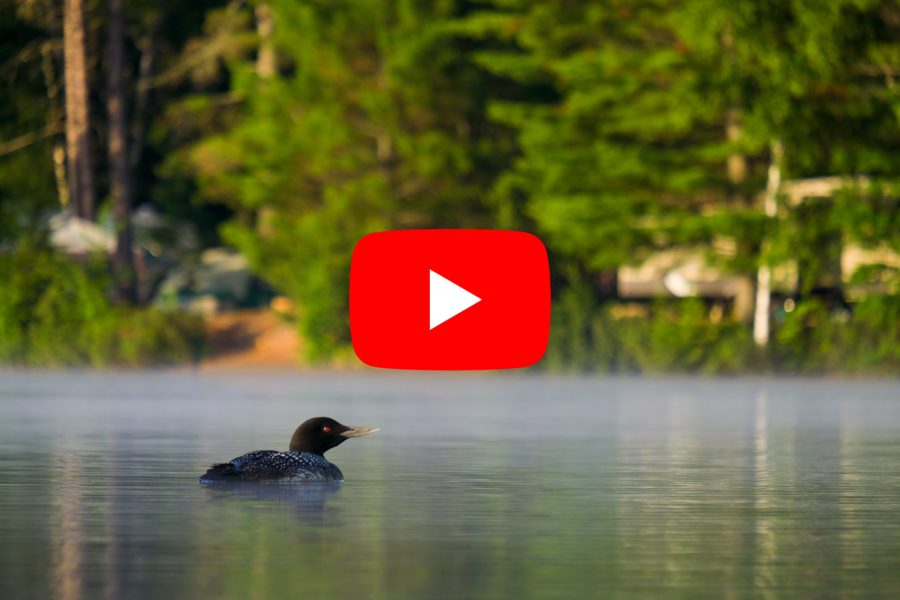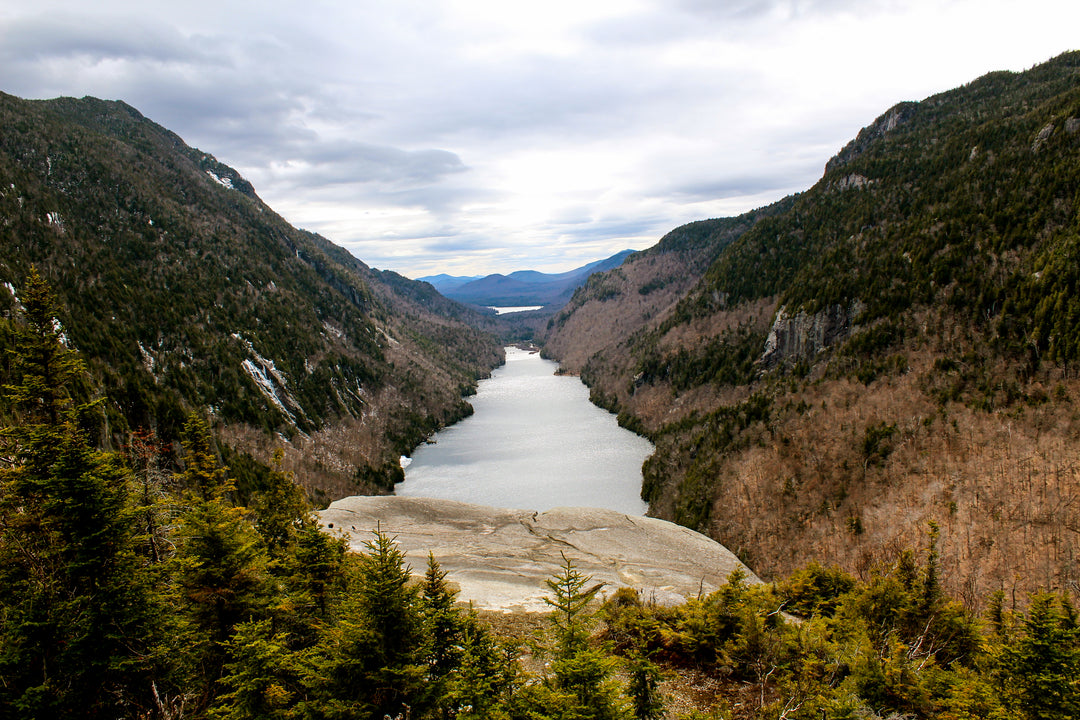Behind the Shot - Layers of Whiteface
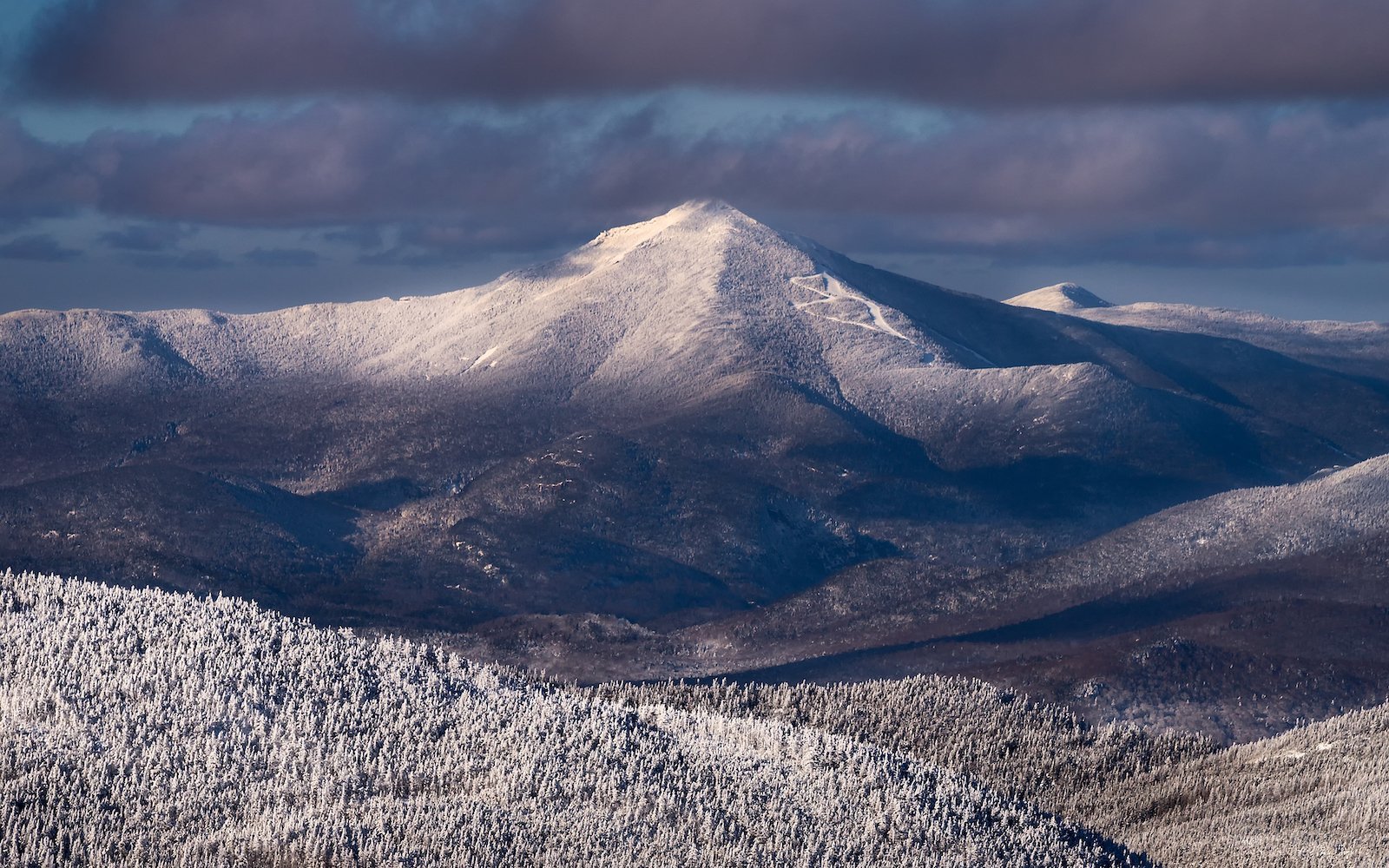
Photography Equipment: Canon 6D DSLR camera, Canon EF 70-300mm f/4-5.6 IS USM lens, circular polarizer
Exposure Data: 1/200 sec. at f/11, ISO 250, 180mm
Sometimes a photograph comes to fruition at the spur of the moment, with little to no planning or previsualization. Other times, however, much preparation and just the right circumstances are required for a vision to become reality. I came away with photos that fall into both categories from a recent climb of Mount Marcy, including “Layers of Whiteface” which falls squarely into the “spur of the moment” category.
The Adirondacks had just been covered with a few feet of snow, and after looking at the extended forecast, it seemed likely that the weekend of March 1st could possibly be the last opportunity this year for photography and snowshoeing in peak winter conditions. I headed out from the Adirondack Loj knowing that I had a long day ahead of me, and was at Marcy Dam before I knew it. Even during the first few miles of the hike while still at a relatively low elevation, the fresh snow blanketed everything. I couldn’t wait to see what it would be like up in the alpine zone, but I still stopped often to take photos of the snowy evergreens. As a result, my ascent of the mountain took much longer than anticipated, and in my rush to get towards the summit, I almost didn’t stop to take the photo pictured here. While taking a quick break to catch my breath and drink some water, I turned to look behind me and saw Whiteface looming in the distance between two evergreens, perfectly illuminated by the low angle of the evening sun. I decided that I would snap a quick shot then be on my way, and took a few photos with the 24-105mm lens that was on my camera at the time. Even when zoomed in all the way to 105mm, I still couldn’t quite get the close-up composition that I was after, but I was in a rush to get to the summit area in time for sunset and didn’t want to take the time to switch to my longer telephoto lens. I actually packed up and shouldered my pack, telling myself that I could just crop the image in post-production to get the perspective that I really wanted.
The internal battle that ensued in my mind is one that often happens, at least to me, while photographing the mountains, particularly in winter. Is a given photo worth the time and energy it takes to unload your pack, take out your gear, change lenses, compose the shot, make necessary adjustments, etcetera, especially when the wind is blowing and your hands are starting to get cold? Thankfully, I’ve learned the hard way that it’s always best to just suck it up and put in the extra time to get the shot that you want, rather than saving a few minutes in the field and then getting home only to say to yourself “man, I wish I had done this differently” when editing a photo.
Using a telephoto lens achieved a couple of different purposes. First, I was able to zoom in enough between the trees to get a composition that didn’t have any tree branches poking into the frame, like when I was shooting at 105mm with my other lens. This resulted in an interesting, almost aerial perspective of Whiteface and the surrounding mountains. Second, longer focal lengths, such as the 180mm I settled on, compress the perspective of a scene, which in this case made Whiteface appear to be much closer than it actually was, and helped it to be the dominant subject of the photo.

Aside from Whiteface, I wanted to include the two other elements that drew me to this scene: the puffy clouds floating above the summit, and the snowy mountain ridges that separated Whiteface from my position on Marcy. I composed the shot so that the ridges would add interest and depth to the foreground while leading the eye towards Whiteface, which I positioned 1/3 of the way down from the top of the frame while centering the mountain horizontally. Since the landscape and sky were both lit with the afternoon sun, I was able to capture this shot without using my tripod. Bumping up the ISO (sensitivity of the camera sensor to light) from 100 to 250 allowed a faster shutter speed to be used in order to minimize camera shake and prevent a blurry image. Zooming in at 10x magnification on the camera’s LCD screen confirmed that the shot was sharp and in focus from front to back. While I didn’t use my tripod for this shot, I did utilize a different piece of gear that is almost always on my lenses, a circular polarizer. This helped to cut some of the glare from the mountains and deepened the blue color of the sky.
Satisfied with the photos I got, and even more satisfied that I had decided to take the extra time to “work the shot” and switch to a telephoto lens, I pressed on to the summit, where I would thankfully come away with some photos that I had sought for years.
The post-processing of this image was relatively simple and straightforward, as there was no need to blend multiple exposures for depth of field or dynamic range. The main work that was done in Photoshop was some selective dodging and burning to further accentuate the snowy mountain ridges in the foreground and Whiteface in the background. After less than a half-hour of work, “Layers of Whiteface” was a finished product, and will always be a reminder to me that yes, stopping and spending the extra time to work a shot to be just the way that you want it is always worth it!
 JOEY PRIOLA is a photographer and scientist with a passion for exploring and photographing the Adirondacks with his wife and dog. More of his work can be found on his website, www.joeypriola.com, and on Instagram, @PriolaPhotography.
JOEY PRIOLA is a photographer and scientist with a passion for exploring and photographing the Adirondacks with his wife and dog. More of his work can be found on his website, www.joeypriola.com, and on Instagram, @PriolaPhotography.
